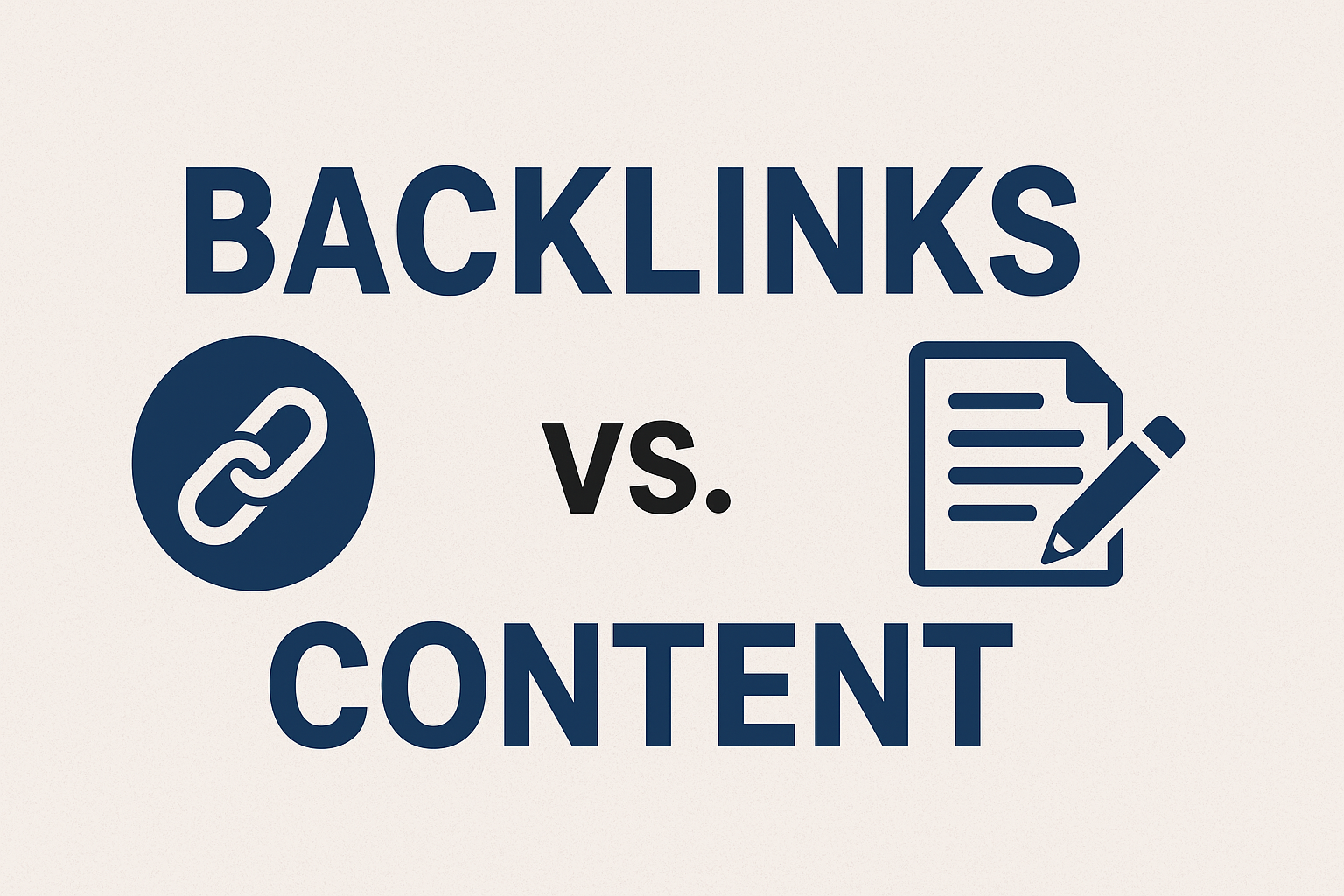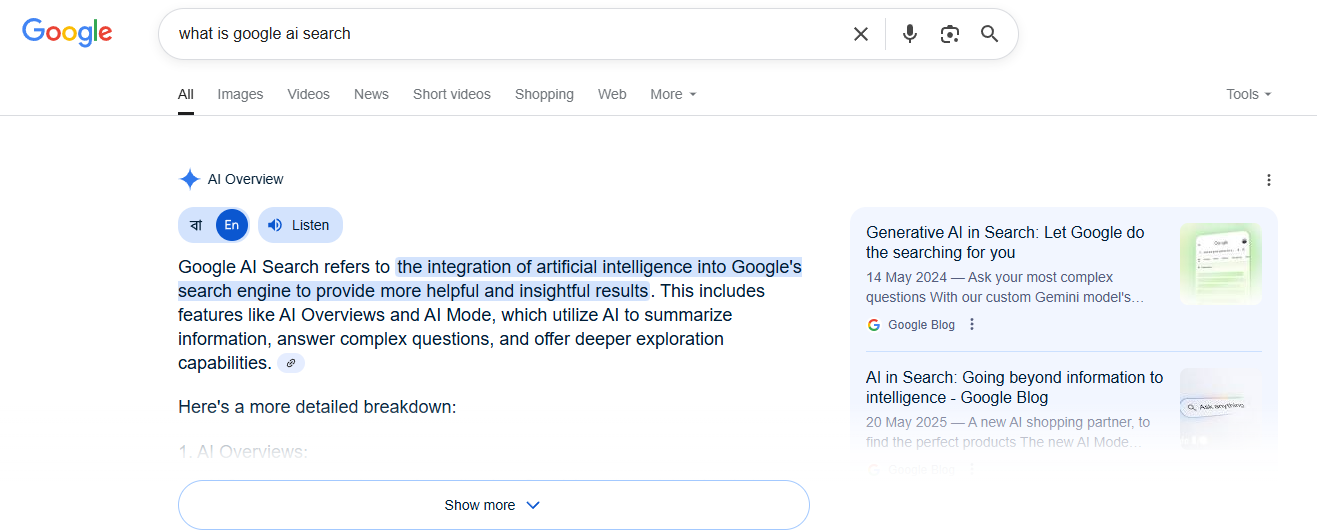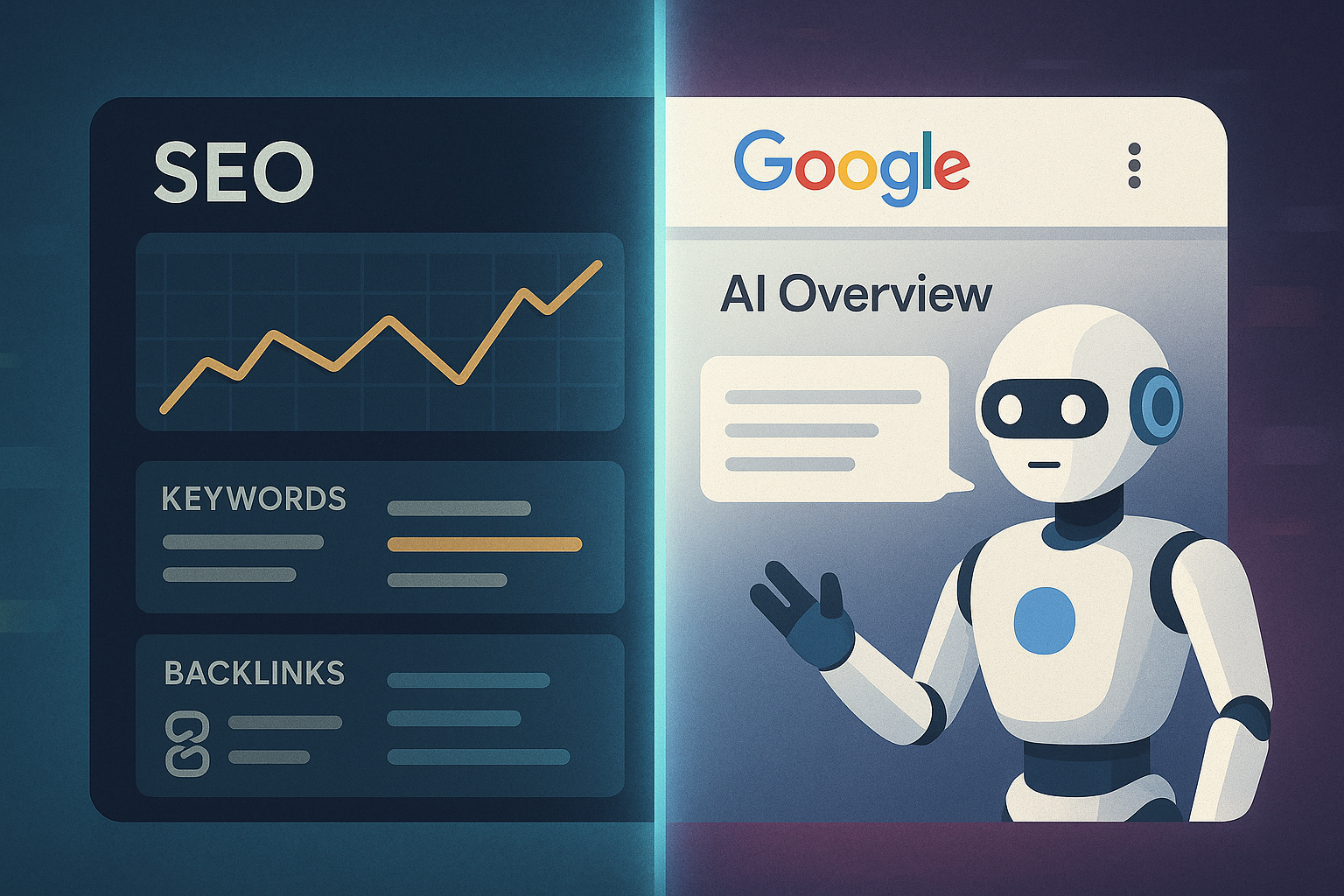In the world of SEO, few debates are as persistent as the one between backlinks and content. Some claim that backlinks are the backbone of ranking; others argue that content — context, relevance, freshness — has taken over. So what’s the reality as of 2025-2026? Which is more important? The honest answer is: It depends — but the balance has shifted. Here’s what we know, based on recent Google algorithm updates, studies, and expert observations.
A Brief History: Why Backlinks Used to Be King
To understand the shift, it helps to recall how Google’s early ranking system worked. The original PageRank algorithm (circa late 1990s/early 2000s) used links (backlinks) as votes. A site with many backlinks was presumed authoritative. Over time, refinements were added: not all links were equal, and links from related topics, anchor text, and link location (footer vs main content) became important.
Updates like Penguin penalized spammy link practices, reducing value of manipulative link schemes.
So backlinks remained very important for a long time — especially for new domains, competitive niches, or topics where content alone couldn’t differentiate much.
The Shift: Google’s Recent Updates & What They Emphasize
In recent years, Google has rolled out multiple core, reviews, helpful content, and spam updates. These have gradually shifted weight toward user intent, content quality, relevancy, experience, and satisfaction. Some highlights:
-
Helpful Content Update (ongoing, with notable waves in 2022–2023) prioritizes content that’s genuinely helpful to users over content created primarily for ranking. Thin, shallow, or “SEO-first” content tends to get demoted.
-
Core Updates (March 2024, August 2024, etc.) have repeatedly shown that sites with strong, high-quality content do better; sites with weak content suffer, regardless of how many backlinks they had.
-
The Link Spam Update and Google’s spam-fighting efforts push down the influence of unnatural backlinks. They are more aggressively neutralized or even penalized.
-
Ranking factor studies and analyses (e.g. First Page Sage’s 2025 study) show that content that consistently satisfies user intent is now rated as the top factor, with backlinks still significant but less dominant than before.
So the pattern: content + relevance + user experience + E-E-A-T (Experience, Expertise, Authoritativeness, Trustworthiness) are increasingly central. Backlinks remain important, but more as a supporting signal, especially in competitive spaces or for “tie-breaker” cases between similar content.
Content: What Google Prioritizes Now
From what we’ve seen, Google today rewards:
-
Relevance to Search Intent
The content must match what the user is looking for — informational, transactional, comparison, short fact, etc. The algorithm examines whether the page answers the query well. -
Depth, Quality, Originality
Long, well-researched content that offers something unique (insights, data, examples, firsthand experience) tends to do better than shallow content that repeats what’s already everywhere. Google’s reviews updates have underscored this. -
Experience / Expertise / Trustworthiness (E-E-A-T)
Google is better at evaluating whether the content shows real knowledge, authority, and credibility — via author credentials, citations, real user signals. This especially matters in YMYL (Your Money, Your Life) topics. -
User Engagement / Satisfaction
Metrics like click-through rates (CTR), bounce rates, dwell time are harder to manipulate and more predictive of what users value. If users come, stay, and engage, that signals quality. Google’s 2025 ranking factor studies show searcher engagement increasing in importance. -
Freshness & Update Frequency Where Relevant
For many topics (tech, trends, news, health), more recent content or regularly updated content is favoured. Static content can rank well if it remains authoritative and relevant, but freshness matters.
Backlinks: What They Still Do Well, What Their Limitations Are
Backlinks are not dead. They continue to serve important roles in SEO, but with more nuance.
What backlinks still offer:
-
Authority & Trust Signals: If a high-authority, relevant site links to you, it’s a vote of confidence. This matters especially in competitive topics.
-
Domain & Page Level Value in Tie Cases: When content quality, topic coverage, and user satisfaction are similar across pages, backlinks can act as a tie-breaker. Pages with better backlink profiles often outrank similar pages without many links.
-
Boost for New Pages / Sites: For sites that don’t yet have authority, backlinks can help “bootstrap” visibility. They help with discovery (other sites linking in), and give initial signals of trust.
Their limitations:
-
Not all backlinks are created equal: spam, low-quality, irrelevant, or over-optimized anchor text links can be discounted or even harm rankings (if unnatural). Google has gotten much better at filtering these.
-
Backlinks alone cannot compensate for weak content. A page with lots of links but no user value often falls short during core updates.
-
Building high-quality links is harder, slower, more expensive (in effort). And the pay-off is diminishing compared to earlier years.
Recent Algorithm Updates That Illustrate the Shift
To see the relative importance of content vs backlinks, here are some specific Google updates whose outcomes illustrate the changing balance:
-
August 2024 Core Update: One of its stated aims was to promote high-quality content while demoting low-value SEO content. Many sites saw rankings drop despite many backlinks — simply because their content was thin, outdated, or not matching user intent.
-
March 2024 Core Update: Aligns with changes where Google paid more attention to relevance, expertise and content value. Sites with strong content but modest backlink profiles often gained.
-
Google’s Link Spam / Link-Related Updates: These have reduced the effectiveness of manipulative or low-quality link building. Essentially, Google tries to ensure backlinks must be earned and relevant.
-
Reviews Updates & Helpful Content: These target content quality directly: whether content shows first-hand experience, whether it’s detailed, whether it serves user needs. These kinds of updates emphasize content over merely having many backlinks.
What Really Ranks Today: A Balanced View
Putting together the data, here’s where things stand in 2025-2026:
| Scenario | What helps most | Where backlinks still matter |
|---|---|---|
| You’re creating content on a new topic, or trying to rank a new site | High quality, well-researched content; matching user intent; good UX; authoritativeness; relevant internal linking | Few good, relevant backlinks can help to get started or get noticed faster |
| You’re in a competitive niche (finance, health, etc.) | Content that shows expertise, depth, uniqueness; satisfying user needs; excellent on-page SEO; good site reputation | Backlinks from authoritative, relevant sites are critical to outrank strong competitors |
| Your content is solid but not yet “exceptional” | Content enhancements: updating, adding media, improving relevance; technical SEO fixes; better user experience | A few strategic, high-quality backlinks can amplify the effect |
| Your site has many backlinks but weak content | Likely to be penalized or ignored during core updates; may see volatility | Links can’t save content that doesn’t meet intent or quality demands |
So it’s not a question of content OR backlinks, but which one you lean on first — and how well you combine both for maximum effect.
Actionable Advice: What You Should Do (in 2025-2026)
Here are practical steps to align with what Google seems to value now:
-
Start with your content
-
Research user intent: what questions they’re asking; what formats they prefer (listicles, long-form guides, comparisons, etc.).
-
Ensure your content is well-structured, readable, and provides real insight. Use examples, data, visuals where possible.
-
Update existing content to ensure it remains accurate and relevant.
-
-
Optimize on-page & user experience
-
Page speed, mobile friendliness, navigation, readability, schema markup even though the latter has smaller weight.
-
Reduce bounce rates by matching content titles/descriptions to what searchers expect.
-
Use internal links to strengthen topic clusters, showing you have depth in a subject.
-
-
Earn high-quality backlinks, but don’t obsess on numbers
-
Focus on topic relevance: quality links from sites closely related to your topic carry more weight.
-
Guest posts, editorial mentions, data-driven content that people want to link to naturally.
-
Avoid link schemes or manipulative practices — risk of penalties or neutralization is higher now.
-
-
Build authority over time
-
Consistent publishing of helpful content helps. As First Page Sage’s 2025 ranking factor studies suggest, “consistent publication of satisfying content” is one of the top factors.
-
Encourage credibility signals: author bios, citations, reviews, user experiences.
-
-
Monitor algorithm shifts
-
Keep an eye on Google’s core updates, reviews updates, spam and link-spam updates.
-
Use tools (Search Console, analytics) to track drops/changes in rankings when updates roll out. Try to figure out whether backlinks or content is more likely to intervene.
-
Conclusion: Content First, Backlinks to Amplify
In 2025-2026, content is king in the truest sense — not just good content, but satisfying, relevant, well-optimized content that genuinely helps users. Backlinks are no longer enough on their own, especially in competitive or high-stakes topics. But backlinks still matter — particularly high-quality, authoritative, relevant ones — as a way to amplify content, build trust, and differentiate between similarly good content.
If you’re building your SEO plan today, orient first around content: make sure it’s excellent, meets user intent, provides value. Then layer in a thoughtful backlink strategy. That’s what moves the needle. The era when thousands of mediocre links could compensate for thin content is largely behind us.





